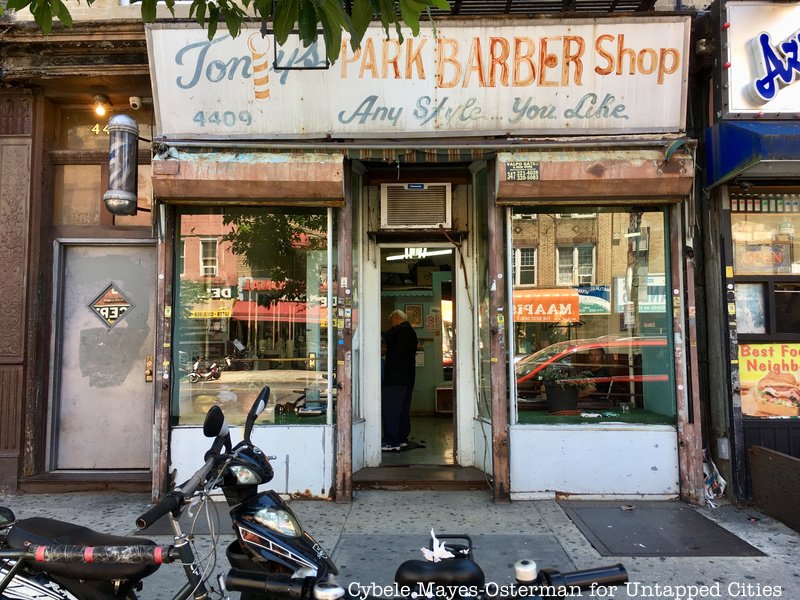Perfecting the Craft of Effectively Describing Your Preferred Cut to Your Barber So You Get The Hair Style You Really Want
While visiting a hair professional, being able to clearly communicate your desired haircut is vital for reaching the intended appearance. A well-defined explanation helps the stylist understand your vision and reduces the chances of misunderstanding. To ensure that you get the haircut you want, it is important to prepare in advance and consider several key factors when articulating your preferences. These factors include hair cut, consistency, style, and any specific features that you would like to add.
Firstly, consider the length of your hair. Haircuts can range from very short styles like pixies to long layers that fall below the shoulders. It is helpful to specify whether you want a trim, a significant cut, or a complete transformation. Using precise terms such as "shoulder-length" or "mid-back" can provide clarity. Additionally, discussing the possibility of bangs or layers helps the stylist visualize your request more accurately. Being clear about how much length you wish to maintain or remove will significantly influence the outcome of your haircut.
Next, hair texture plays a crucial function in determining how a haircut will look. Various hair types—such as straight, rippled, curly, or kinky—respond uniquely to specific cuts. When describing your ideal haircut, it is essential to mention your tresses’ inherent texture and whether you plan to utilize any styling tools or formulations. For example, if you have dense strands, you may want to ask for de-bulking methods to minimize bulkiness. Conversely, if your hair is fine, you might opt for texturizing that create volume. This information enables the professional to tailor the cut based on how your hair responds.

In addition to length and structure, discussing the general look you want can offer direction for the stylist. There are a variety of hairstyles to choose from, including classic cuts like bobs and contemporary variations like angled cuts. It is beneficial to share examples of looks that you like—these could be images from magazines or social media platforms. Highlighting distinct elements such as soft edges, defined outlines, or stacked layering can assist in conveying your idea more clearly. This guarantees that both you and your stylist are on the look at this now same understanding regarding style direction.
Finally, don't forget to include any unique traits that might enhance your hairstyle. This could involve aspects such as facial structure or personal style preferences that affect the overall appearance. For instance, those with circular face shapes might prefer soft angles to elongate their profile, while individuals with angular face shapes may opt for blended layering to soften their jaw structure. Furthermore, discussing shade preferences can also be part of this conversation; noting if you want highlights or a single shade can further define your desired result.
In conclusion, successfully communicating your ideal haircut involves careful evaluation of several important factors: hair length, texture, look, and unique features. By planning in ahead of time and being clear about these aspects, clients can significantly improve their experience at the studio and increase the likelihood of leaving with a result they love. A successful discussion with a stylist is founded upon clear communication and shared expectations. This collaborative approach ensures barbershop hairstyle consultations that both guest and stylist work together towards creating the desired outcome.